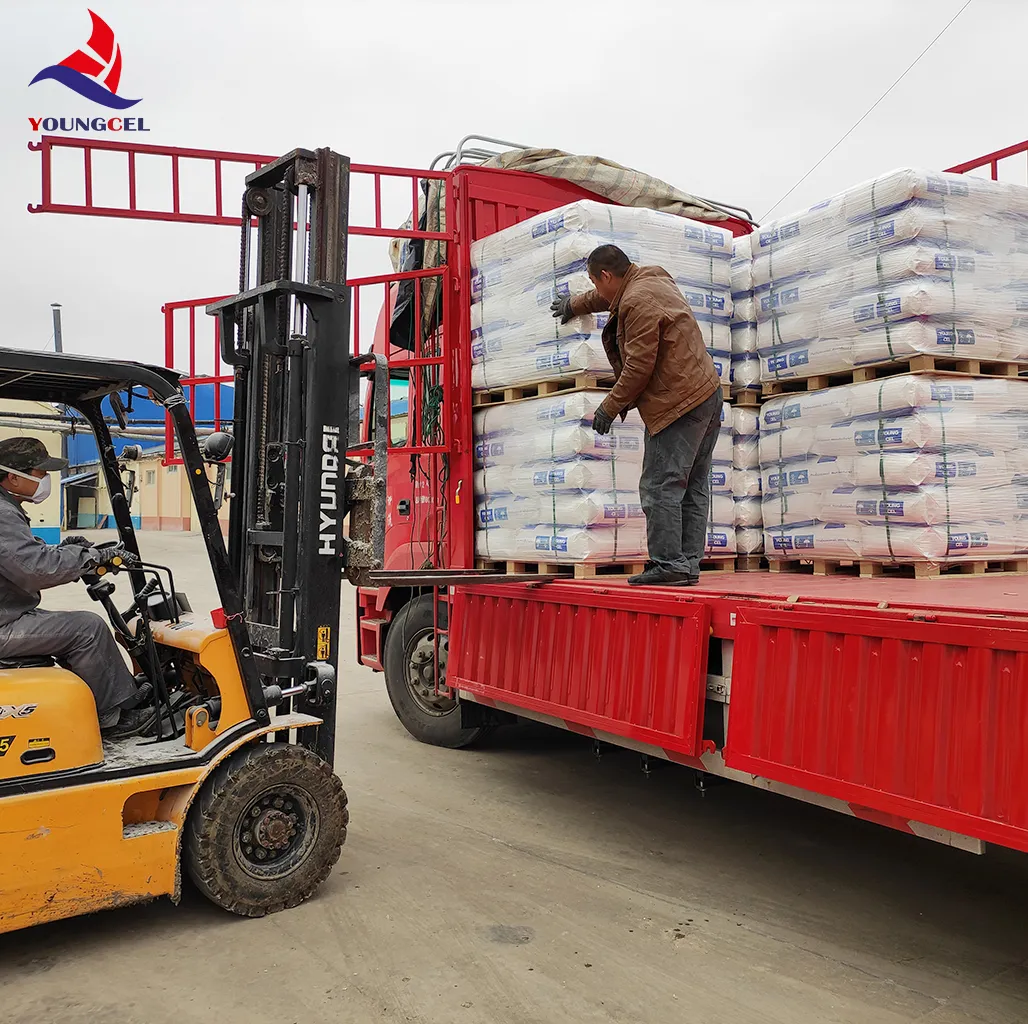Construct Grade HPMC A Comprehensive Overview
Hydroxypropyl Methylcellulose (HPMC) is a versatile non-ionic cellulose ether that has found a multitude of applications across various industries, most notably in construction. The effectiveness of HPMC in construction is primarily attributed to its unique properties, including improved workability, adhesion, and the ability to retain water. This article will explore the significance and applications of construction-grade HPMC, focusing on its benefits and impact on modern construction practices.
What is HPMC?
HPMC is derived from natural cellulose, which is chemically modified to create a compound with enhanced viscosity, solubility, and film-forming capabilities. The construction-grade variant of HPMC is specifically formulated to meet the stringent requirements of building materials, such as cementitious products, tile adhesives, and plasters. By modifying the degree of substitution, manufacturers can tailor HPMC to exhibit varying properties, making it suitable for diverse construction applications.
Benefits of HPMC in Construction
1. Enhanced Workability HPMC significantly improves the workability of construction mixtures. When added to cement mortars, it allows for easier application and manipulation. This is particularly beneficial in the installation of tiles and other surfaces, where a smooth adhesive application is essential for achieving a professional finish.
2. Water Retention One of the key features of HPMC is its excellent water retention capability. It helps in retaining moisture within the mixture, which is crucial for the curing process of cement and other binding agents. This improves the overall strength and durability of the finished product, reducing the risk of cracking and ensuring optimal performance over time.
3. Improved Adhesion HPMC enhances the adhesion properties of construction materials. Whether used in tile adhesives, plaster, or other applications, HPMC ensures that the components bond effectively, providing strong support and stability. This is especially important in environments subject to temperature fluctuations and moisture exposure.
4. Environmental Compatibility With growing awareness regarding sustainable construction practices, HPMC offers an environmentally friendly option. Being derived from natural cellulose, it can contribute to the production of low-emission building materials. Additionally, implementing HPMC can reduce the need for chemical additives, fostering a more eco-conscious approach in construction.
construct grade hpmc

5. Versatility The versatility of HPMC is evident in its wide range of applications. It can be used effectively in cement-based and gypsum-based products, and its properties can be customized based on specific project demands. This flexibility allows construction professionals to adapt their materials to meet various performance criteria.
Applications of HPMC in Construction
- Tile Adhesives HPMC is widely used in tile adhesives to enhance their application characteristics and adhesion properties, ensuring a lasting bond between tiles and substrates.
- Cement Mortars and Renderings In cement-based products, HPMC improves workability, allowing for a smoother application. Its water retention traits ensure adequate curing, crucial for the strength of the mortar or render.
- Plaster In the preparation of plaster, HPMC aids in achieving a smooth consistency, allowing for better application and finishing.
- Self-leveling Compounds HPMC helps in improving the flow characteristics of self-leveling compounds, resulting in a more uniform application that can adapt to various substrate conditions.
Conclusion
In conclusion, construction-grade HPMC plays a pivotal role in modern building practices, offering numerous benefits that enhance the efficiency, performance, and sustainability of construction materials. As the industry continues to evolve, the integration of advanced materials like HPMC will be paramount in addressing the demands for stronger, more durable, and environmentally-friendly building solutions. With its exceptional properties, HPMC undoubtedly paves the way for innovative construction methodologies, making it a crucial component in the future of the construction industry.
-
The Application and Significance of Construction RdpNewsMay.19,2025
-
Industrial Grade HpmcNewsMay.19,2025
-
Building Coating Adhesive Building Coating Adhesive HpmcNewsMay.19,2025
-
Application Of Hpmc For Detergent For Detergent In DetergentsNewsMay.19,2025
-
Application Of Hpmc Cellulose In Cement-Based MaterialsNewsMay.19,2025
-
Application Of High Quality Hpmc For Construction In The Field Of ConstructionNewsMay.19,2025




